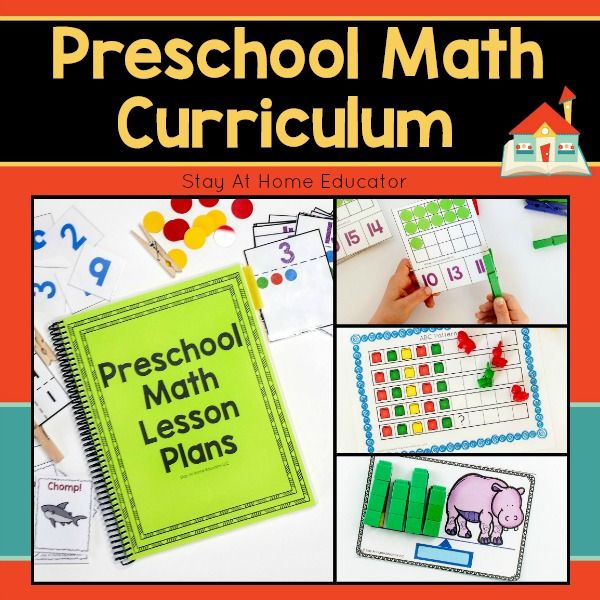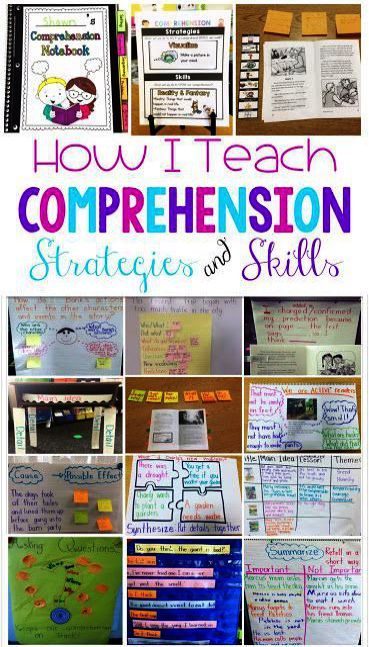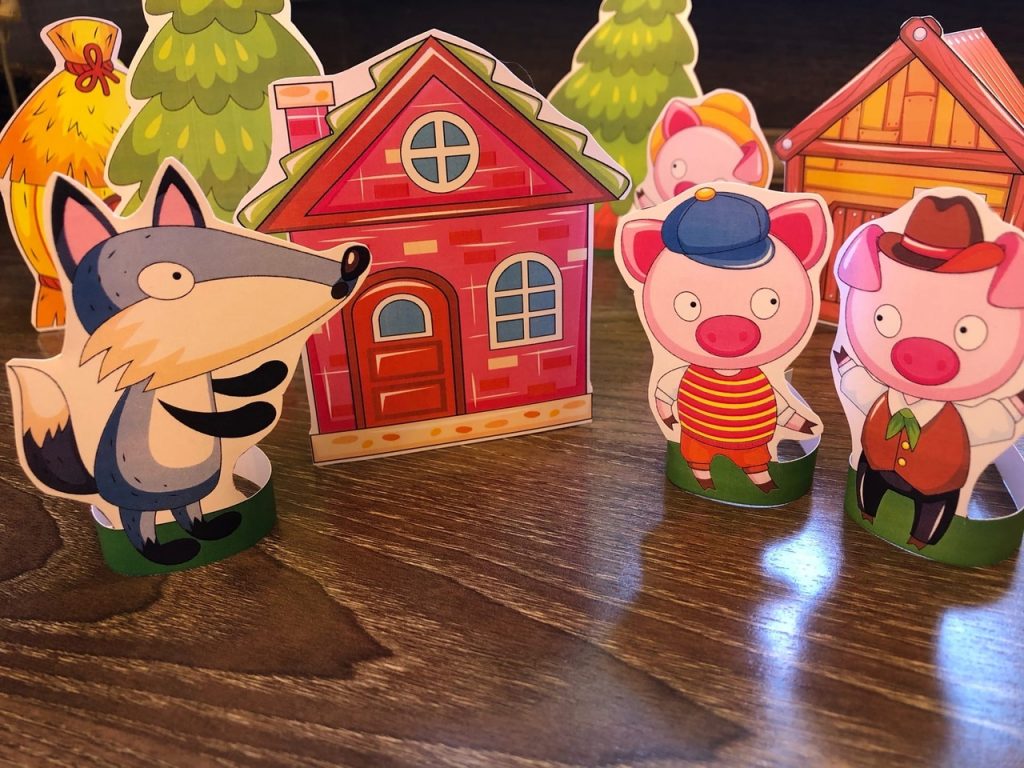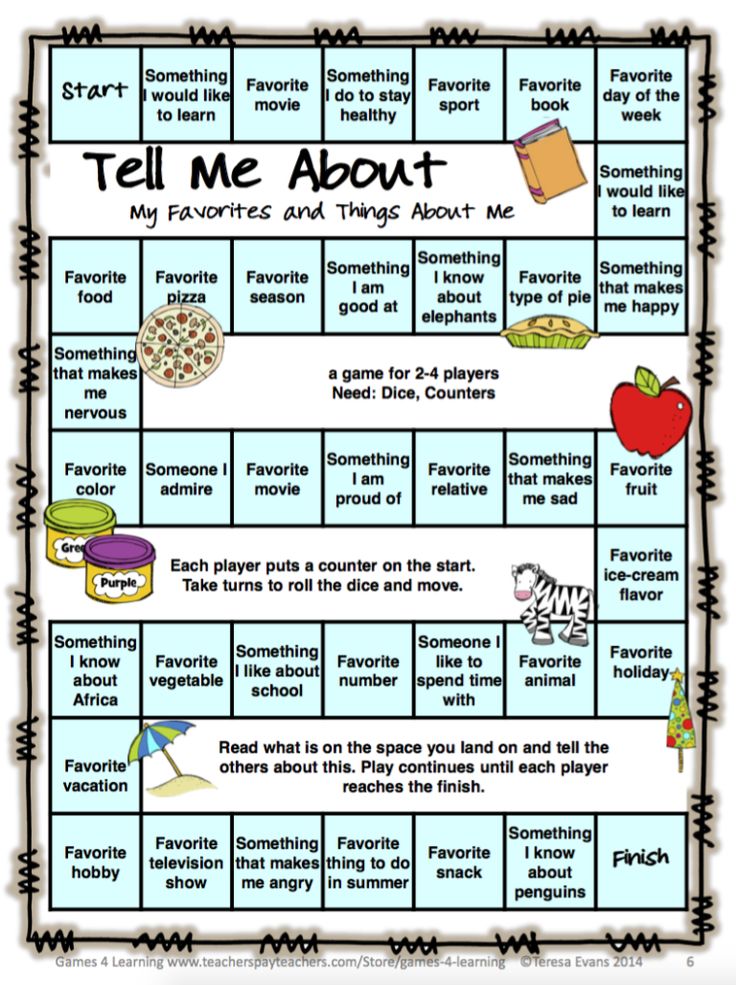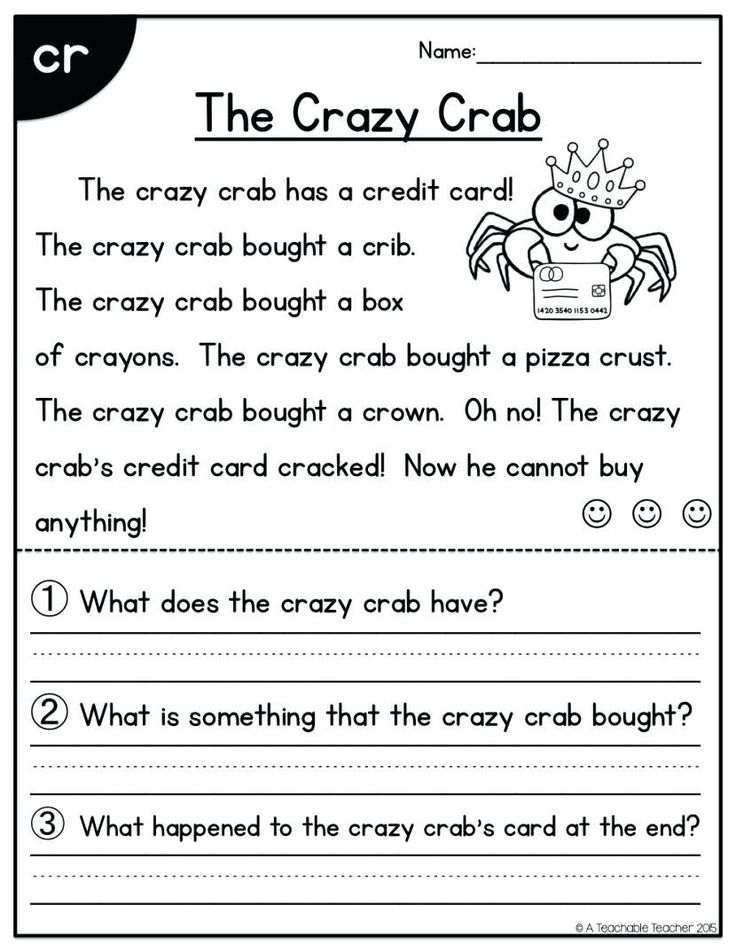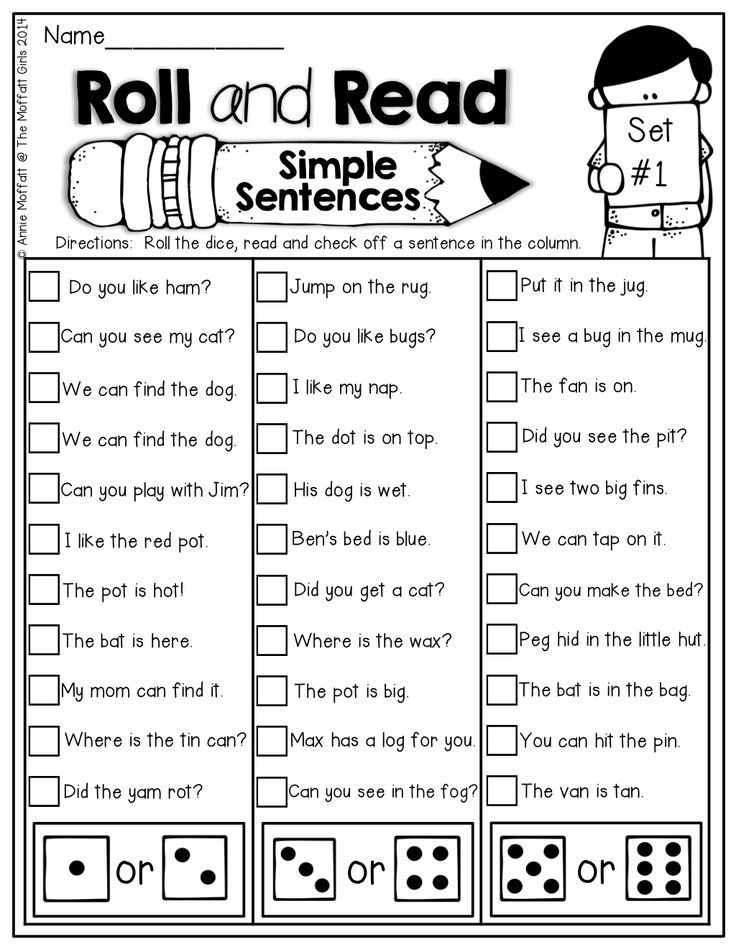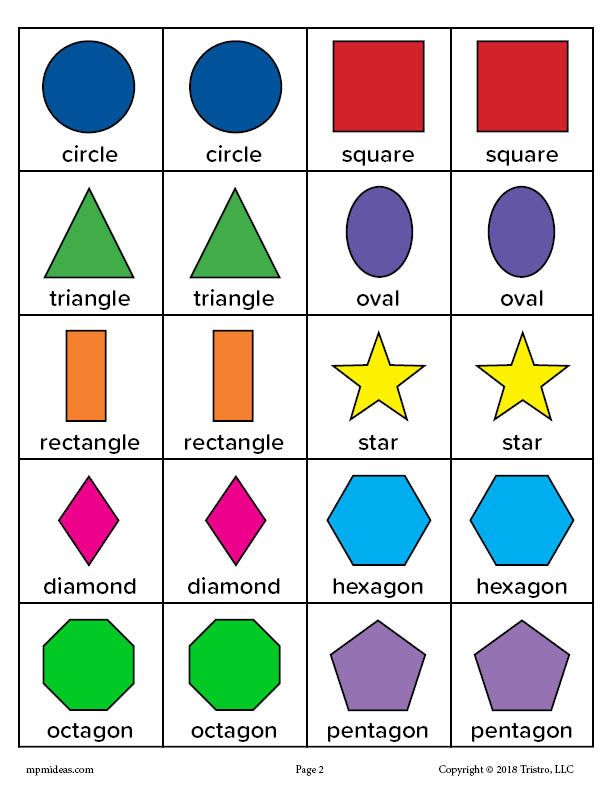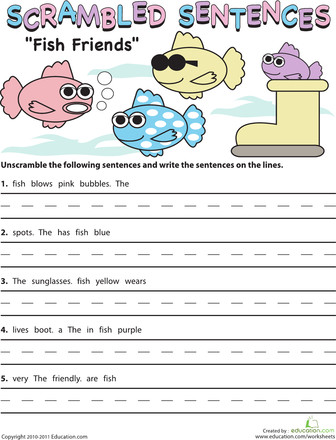Preschool math goals
Preschool Math Skills and Goals
You are here: Home / Home Preschool / Preschool Math Skills and Goals
By Shaunna Evans Leave a Comment · This content may contain affiliate links.
As we said in the original preschool learning skills section, we’re providing a brief introduction to the overall concepts that are taught in preschool. However, we didn’t feel like a training on getting started with home preschool would be complete without at least an overview of the basic preschool math skills and some low-prep activities to teach them. Please know that this is just an overview. If you have specific questions or need additional information, please head over to the Home Preschool Help Facebook Group and we’ll be glad to help! In this section we’ll provide a brief introduction to preschool math skills and the goals of early math instruction. There’s also a free printable list of preschool math skills and easy activities you can try right away.
Goals of Preschool Math:In preschool math the goal is to help children develop a sense of math around them, to notice and use numbers, and to use math concepts to explore their world. During the preschool years we can help kids:
- use numbers and counting to explore their world
- notice shapes, patterns, and colors
- use math to communicate things about their world (how long something is, how heavy it is, etc)
Home preschool math instruction should not be focused on rote memorization or drilling factual knowledge. Instead math can be incorporated into playful activities like:
- counting how many blocks tall a child’s tower is,
- comparing who has more grapes on their plate at snack time,
- identifying shapes of street signs during car rides,
- and finding patterns on different clothes in a child’s closet.
You can find tons of hands-on math inspiration in the math activities section of our website.
However, we also wanted to make it super easy for you to integrate math activities into your routine, so we’ve outlined the key math areas and some low-prep math activities that you can do to help teach them.
In the free printable below you’ll find a list of math activities that can be done with toys and materials you have at home.
NEXT STEPS
Take a look at the math goals you’ve selected for your child based.
Review the math activities in the free printable Toolbox and select a few to use during your first weeks of home preschool.
Jot down any additional ideas you have for teaching those math skills.
This is Unit 2, Lesson 3 of the Guide to Getting Started with Home Preschool. Return to the main How to Teach Homeschool Preschool page or proceed to Unit 2, Lesson 4: Preschool Science Basics.
Filed Under: Home Preschool, Preschool at Home Tagged With: getting started with home preschool
Reader Interactions
13 Preschool Math Activities And Ideas For Emerging Learners
Young children love counting (even though they may do so in their own unique ways), learning about shapes, and feeling like math “experts.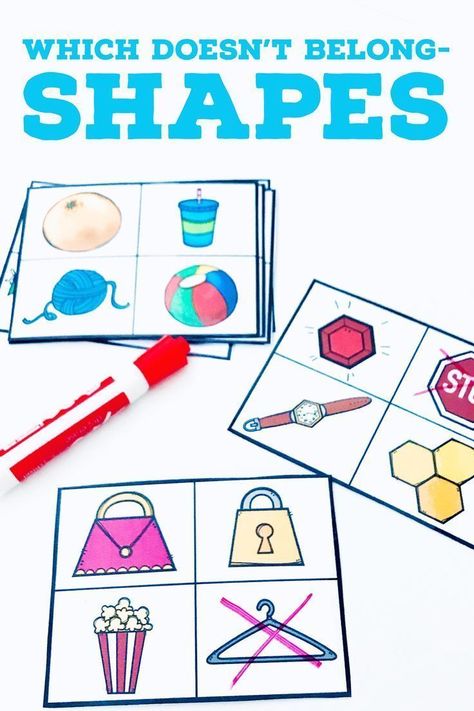 ” Preschool math opens up even more opportunities for them to explore and grow mathematically!
” Preschool math opens up even more opportunities for them to explore and grow mathematically!
Your child will learn so many things both inside and outside of the classroom. Their early exposure to math and reading is essential to their developing brain. And we have 13 amazing math ideas for supporting their learning at home!
Table of Contents
- Preschool Math Goals
- Why Use Preschool Math Activities?
- Games For Preschool Math Practice
Preschool Math Goals
The goal for preschoolers is to learn five essential math skills. Let’s take a look at those skills below!
Numbers And Counting
Your child will focus a lot of their energy on counting numbers between 1 and 10. They’ll learn how to recognize them, read them, and write them.
They’ll also be exposed to the concept of one-to-one correspondence — the idea that you can only count each object in a set one time and, therefore, each number only represents one value.
Addition And Subtraction
Your child will learn the basics of adding two numbers together and subtracting small numbers from a larger group.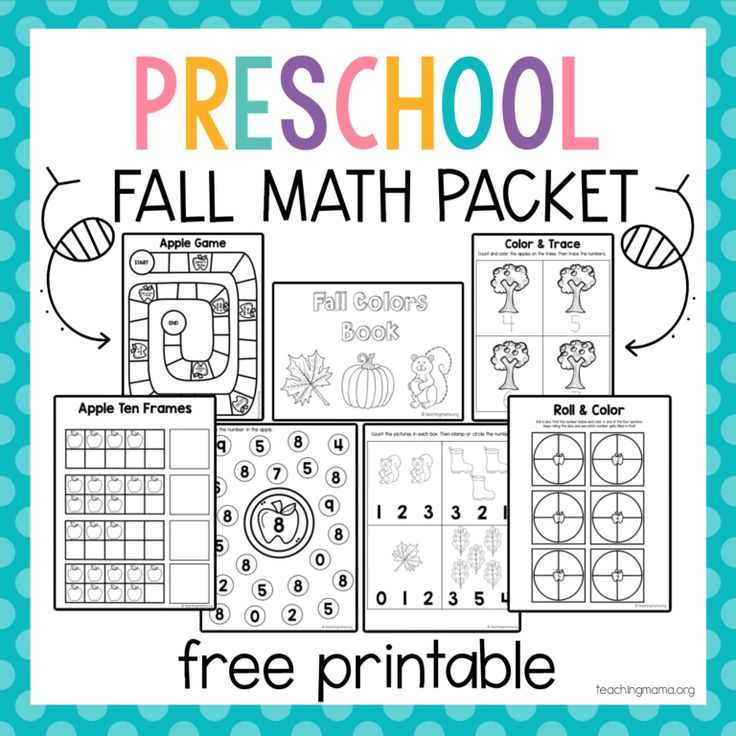
Sorting And Patterns
Patterns are not only pleasing, but they also help us understand our world. Your child sees patterns every day without always observing them: tiles on a kitchen floor and designs on fabric, for example.
Preschool is a time to help children to both observe patterns in their world and learn to extend patterns they see or create patterns of their own.
In addition to identifying patterns, preschoolers will also gradually learn how to sort a group of objects based on a given pattern.
Geometry And Spatial Reasoning
Shapes are everywhere! Your child will learn how to consistently and correctly identify them.
They’ll also be exposed to spatial reasoning cues. They’ll understand what people mean when they describe things as big or small, or as far away or nearby.
The Language Of Math
Preschoolers won’t just learn how to walk the walk — they’ll also learn how to talk the talk!
Your child will learn what words to use to describe math activities, like “adding” and “subtracting,” whether there are “more” or “less” of certain objects, and so on.
One thing to note here, though, is that sometimes it may be easiest to use terms your child will understand while they’re learning. For instance, if you have four cookies and you “take away” (instead of “subtract”) one, how many are left?
The best way to work on the language of math at home is by talking in math terms! When you’re having an afternoon snack together, you might point out that you have fewer grapes than your child or ask who has the most grapes.
Incorporating these and other math words into your conversations will get their mathematician brains rolling:
- Less
- More
- Least
- Most
- Taller
- Shorter
- Equal to
Preschool is a crucial time for children to build a solid mathematical foundation. With the help of the activities below, your child may soon be confidently adding, subtracting, comparing, and using more of the jargon mentioned above.
But before we dive into these fun activities, let’s understand their importance.
Why Use Preschool Math Activities?
If you spend just a few minutes on our blog page, you’ll come across lots of different activities for children. We have sensory activities, social-emotional activities, reading activities, and math activities, just to name a few.
We’ve intentionally dedicated a significant portion of our blog to helping you find fun learning games that you can try at home with your child.
Why? In a nutshell, activities and games are a great way for children to learn many essential skills while having fun. With math, in particular, we encourage children to participate in play-filled activities for the reasons listed below.
1) You Understand Your Child’s Current Skills
At school, your child’s teacher might use a variety of assessments to understand your child’s math skills. The use of activities is especially beneficial since how a child plays a game can give insight into their understanding of concepts in a relaxed and informal setting.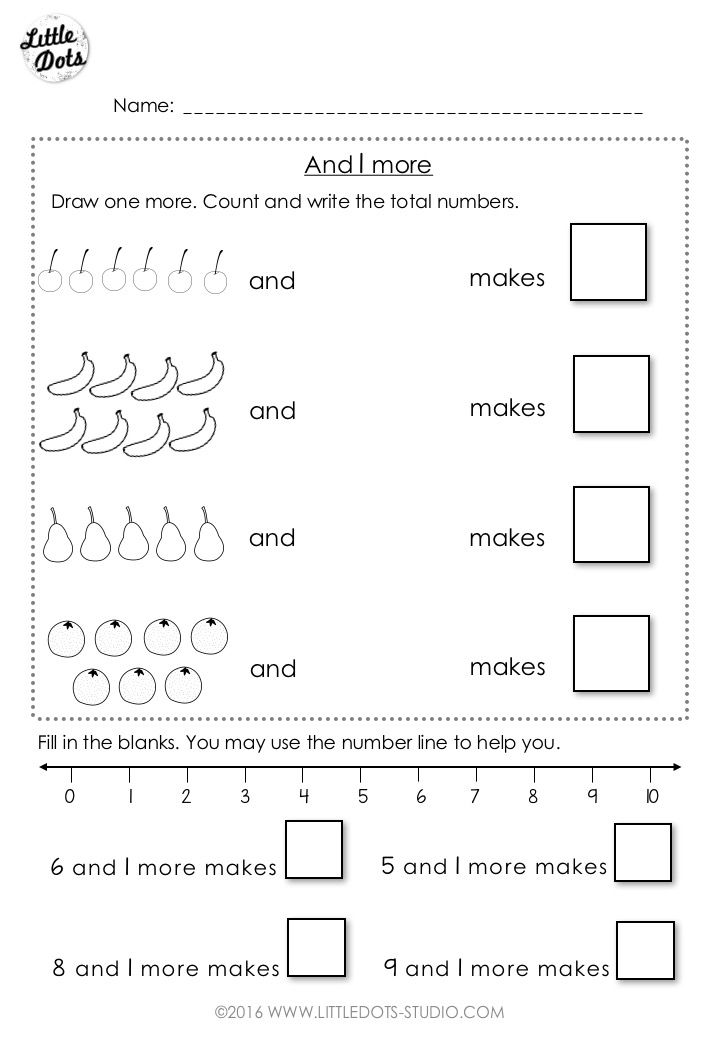
With math especially, the skills build on top of one another. The complex algebra, calculus, trigonometry, and geometry that children learn as they get older would be impossible to understand without the basics learned in earlier grades.
Understanding your child’s current mathematical knowledge will help you pick up on the areas they need more practice in and those that they can start building on.
2) Math Becomes Less Intimidating
Because of its complex nature, math can seem intimidating to children if they don’t have the right tools and methods to guide them.
While every person is unique and will naturally have their own favorite subjects, the more children engage in math activities from a young age, the more confidence they will build around this subject and everything that comes with it.
By giving your child a strong foundation, you are setting them up for success for years to come!
3) Children Develop Essential Skills
As you will see below, there are a variety of math games that your child can play at home. Some involve multiple participants, while others can be solo-driven. There are also activities that involve creativity, problem-solving, self-regulation, and so much more.
Some involve multiple participants, while others can be solo-driven. There are also activities that involve creativity, problem-solving, self-regulation, and so much more.
All of these skills are essential for developing well-rounded children who are confident and capable of taking on different challenges.
4) Learning New Concepts Becomes Fun
Once your child has mastered a skill, it’s essential to challenge them so they will be engaged with their learning.
For example, if your child has already learned how to count by 1s, instead of reinforcing something you know they are already comfortable with, you can start helping them count by 2s, 5s, and 10s.
At first, your child might resist the idea of counting in a different way. But using fun activities can be very effective in introducing new concepts without making kids feel overwhelmed.
The above points are just a few reasons why math activities for preschoolers are important and should be encouraged at home.
Now, here’s a look at our preschool math games that can help your young learner understand mathematical concepts and build a lifelong love for this subject.
Games For Preschool Math Practice
Numbers And Counting Activities
1) Counting The Rooms
This is an easy and fun activity to do in the comfort of your home! You and your child will walk around and investigate the quantities that make your house unique.
How many sinks do you have? How many couches are there? Do you have lots of posters and paintings all over the house? How many? What about the number of stuffed animals on your child’s bed?
The possibilities are endless!
As you do this, you can carry around a post-it note and marker. After correctly counting the number of a certain object, write down the number and item and stick it on the wall or a piece of paper. That way, in the end, you can compare how many numbers “live” in your home!
2) Exercise Counting
Want to break a little sweat or get some energy out? Why not turn math into your own personal jazzercise session!
For this activity, you don’t need anything except for some open space and maybe some music to get your child excited.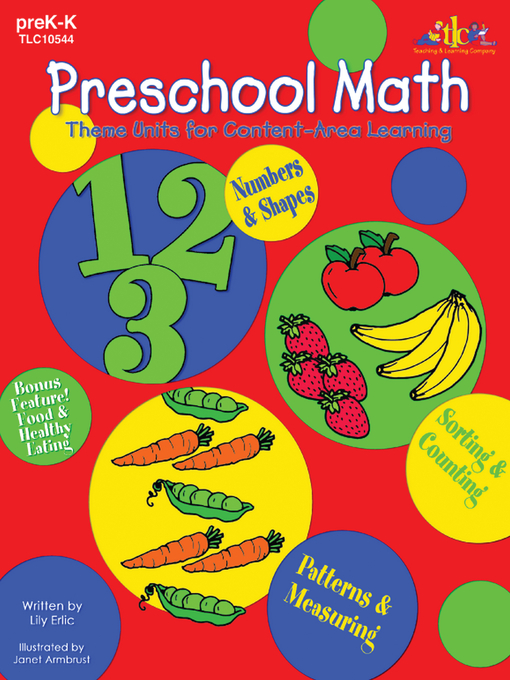
You and your child will take turns picking a “move.” For example, the move could be jumping jacks. You will shout out, “Two jumping jacks!” Then your child will perform the move and count out loud.
So many exercises can be done this way; don’t be afraid to get silly! You can pull on earlobes, wiggle your fingers, karate chop invisible foes — whatever gets your child giggling and excited about numbers!
3) How Many Dots Are In The Jar?
There are many games that use stick-on dots to help children learn math skills.
For this activity in particular, you will need a sheet of paper, glue, one die, a marker, and colorful stick-on dots that you can find from a stationery store. Start by drawing a large mason jar on a sheet of paper.
To play, simply roll the die, count the number it lands on, and put that number of dots “into” the jar. For example, if the die lands on three, your child will glue three dots to the jar.
When the die lands on smaller numbers (i.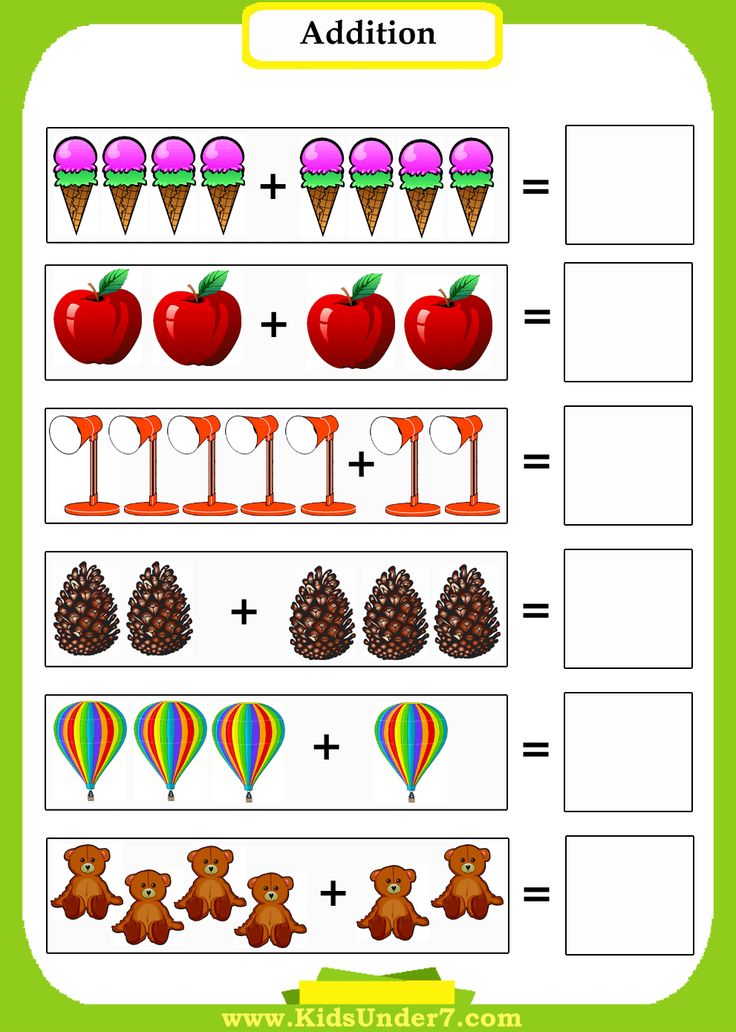 e., one, two, or three), they should find it relatively easy to count out the dots. But for larger numbers (four, five, and six), your child may need a little help. Continue rolling and filling the jar until there’s no space left.
e., one, two, or three), they should find it relatively easy to count out the dots. But for larger numbers (four, five, and six), your child may need a little help. Continue rolling and filling the jar until there’s no space left.
This is a great activity to help your child practice their counting skills. And once they’re finished, they will have a colorful art piece made by them!
4) The Classic War Card Game
All you need is a regular deck of playing cards to play War. Remember to remove the picture cards (Jokers, Jacks, Queens, and Kings) and make it clear that the Aces represent the number one.
Start by equally dividing the cards between however many people are playing. Then, each player will have their cards in a pile, facing down. On the count of three, each player needs to flip one card over so that it’s visible to everyone.
The player with the highest number wins that turn and gets to take the flipped cards from the other players. The first to collect all the playing cards wins the game!
This is a great game to practice number recognition with your preschooler.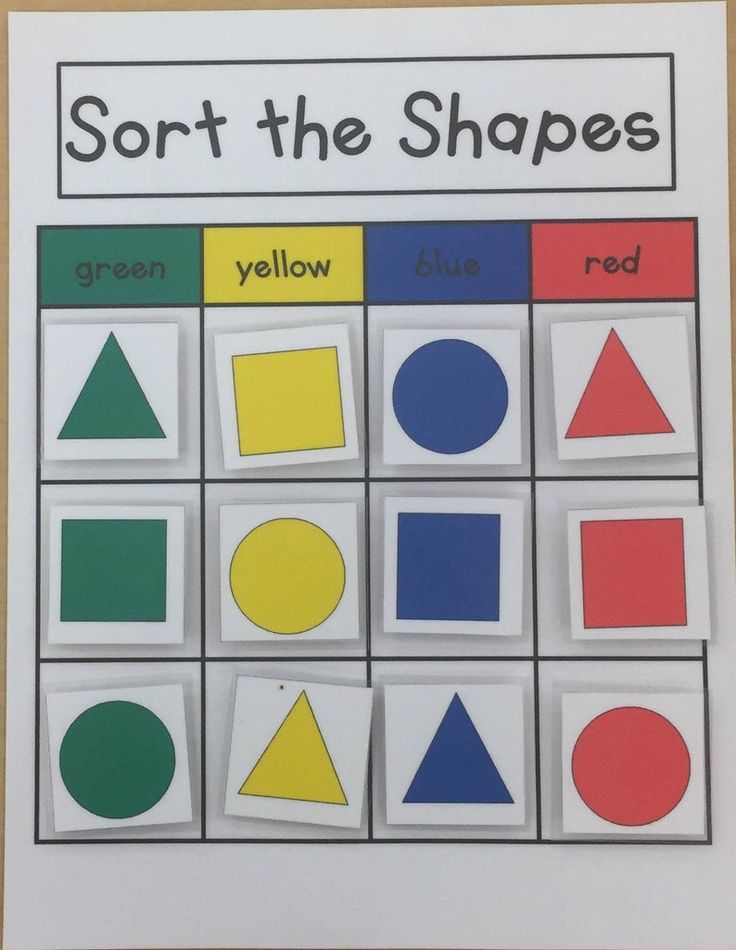
Addition And Subtraction Games
5) How Many Are Hiding?
For this game, you’ll need at least 5 (and up to 10) of the same small item. You could use Lego pieces, paper clips, dried kidney beans, and so on. The items should be small enough to easily hide under your palm or beneath a sheet of paper!
Start out by showing your child the total amount of items you’re playing with. In our example, we will play with 5 toy cars. Count out the total number of cars with your child.
Then, with their eyes closed, hide a portion of the cars under your hand or beneath the sheet of paper. Once they open their eyes, ask them, “How many cars are missing?”
They will count out how many cars are left. Then you can help them figure out how many cars are “missing” and needed to make the total number whole again.
You may need to help them out for the first couple of tries, but they will get the hang of it!
6) Subtraction Bowling
All you need to play Subtraction Bowling is 10 disposable cups, a ball, and a child who’s eager to show off their bowling skills!
Start by setting up 10 paper or plastic cups at the end of a room (bowling pin style). Then, together with your child, count how many cups there are.
Then, together with your child, count how many cups there are.
To play, each player stands a few feet away and then rolls a small ball (e.g., tennis ball) down to knock the cups over. After each turn, count how many cups were knocked down and how many are still standing.
If you have multiple children, this is a great activity to play together. After everyone has had their turn, you can also add a competitive element by keeping track of who knocked down the most cups.
Sorting And Pattern Games
7) Making Patterned Bracelets
For this activity, you’ll need at least 10 colored beads of two different colors, some string, two markers (corresponding with your bead colors), and a pair of scissors. In our example, we will use the colors red and blue.
Draw out 10 even circles on a piece of paper. You and your child will use this to make a “pattern planner” for their beautiful bracelet!
Once they have colored in the circles and decided their pattern, they will have an idea of how to assemble their bracelet.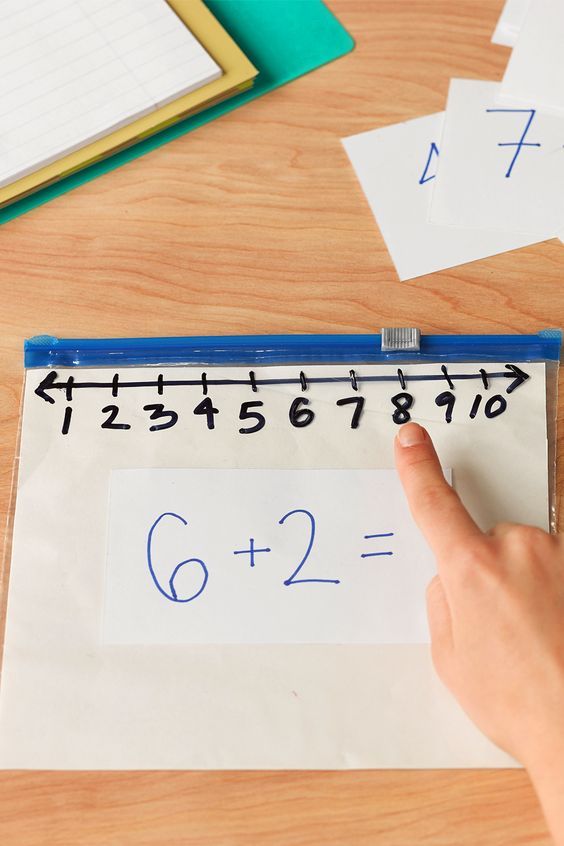 They may have chosen a constant pattern, like alternating between red and blue, or a more challenging pattern, like having two blues followed by one red.
They may have chosen a constant pattern, like alternating between red and blue, or a more challenging pattern, like having two blues followed by one red.
As long as they follow the pattern planner, they should get the idea!
8) Match The Pattern
For this activity, you can either draw a pattern on a piece of paper or get a bit more physical with it. Whichever you think sounds more fun for your child!
In our example, we will use clapping and jumping. Start by telling your child the pattern you created. For example, our pattern is clap, clap, jump!
Repeat the pattern with your child a couple of times. Then, once they have the hang of it, say, “Whoops! I forgot the pattern. I know it’s clap, clap, but what comes next?”
Your child will giggle and probably respond with something like, “Jump, silly!” Then you’ll jump together, completing the pattern.
This activity is great because your child will likely want to take a turn creating their own pattern for you two to follow. Allow their imagination to grow, as well as their pattern-making skills!
Allow their imagination to grow, as well as their pattern-making skills!
9) Rainbow Pattern
Like the previous activity, Rainbow Pattern encourages children to study a specific pattern and follow it. To play, you’ll need a packet of colorful popsicle sticks and a few sheets of paper.
Start by creating a simple pattern on one sheet by placing the popsicle sticks on the paper in a certain order (blue, red, blue, red, etc.). Then, encourage your child to recreate this pattern on their own sheet.
You can switch things up on a different sheet of paper by changing the pattern (e.g., two blue, two red, etc.). And as your child gets more confident, encourage them to create their own pattern!
Like the other activities on our list, this is a great game to help your child build focus and concentration. We also like this activity because it encourages hands-on learning.
Sometimes hands-on learning is called experiential learning or project-based learning. But all these names mean the same thing: learning through doing.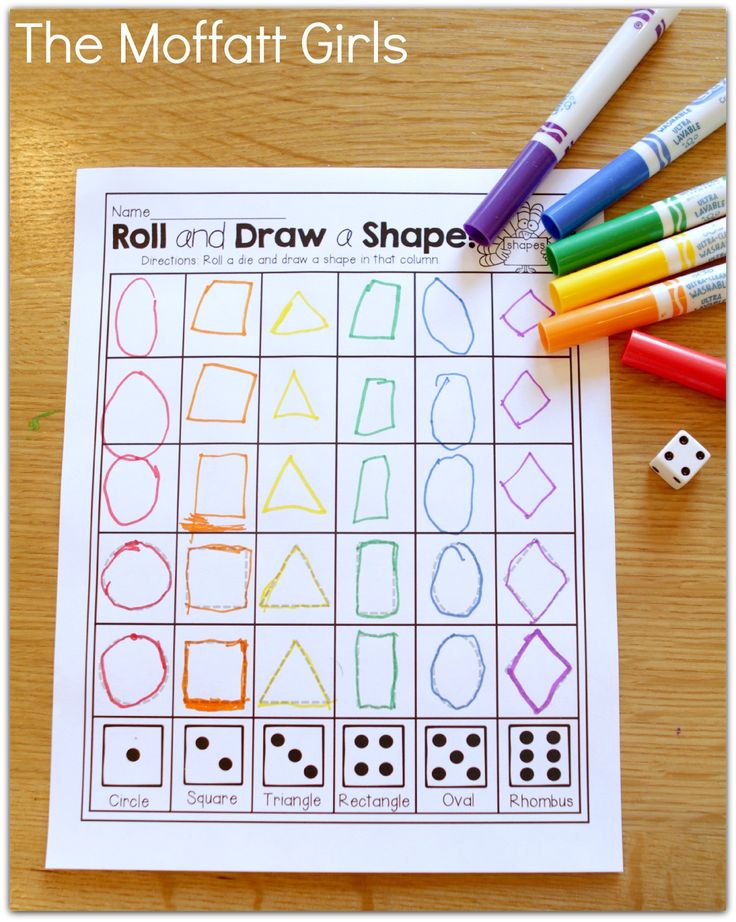
Experiential learning benefits children in many different ways. Some of the most notable benefits are:
- Children get to interact with the learning material and improve their skills
- Children get to strengthen their fine motor skills
- It helps children understand abstract concepts
- It encourages children to get creative
Geometry And Spatial Reasoning Activities
10) Shape Mobile
To get started with this activity, bend a wire hanger into a V shape. Then cut out circles, triangles, rectangles, ovals, and squares from colorful construction paper or let your child color the shapes on white paper.
Finally, punch a hole in each shape and use colorful ribbon to hang the shapes from the hanger. Now your child has a fun decorative piece to help them remember different shapes!
11) Shape Castles
For this activity, you’ll need to cut out a variety of shapes from different colored pieces of construction paper. Then, together, you will glue the shapes onto a blank sheet of paper to create a towering castle!
You can help your child out by providing reference pictures.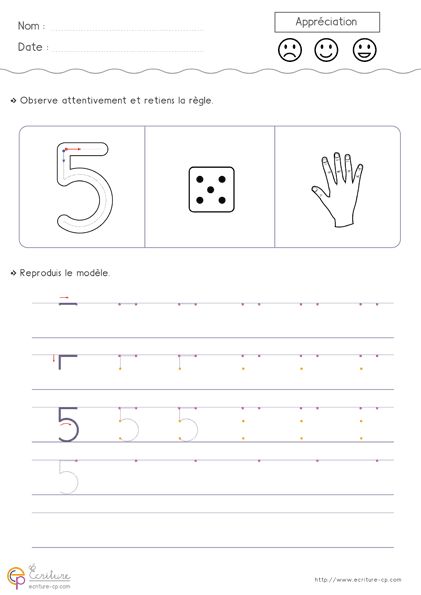 Or, if you prefer a mess-free version, your child can try out the Castle Creator activity on our Learn & Grow App!
Or, if you prefer a mess-free version, your child can try out the Castle Creator activity on our Learn & Grow App!
12) Playdough Geometry
There are lots of fun books that you can read to your child about triangles, squares, and circles. But a great way to help your young learner truly grasp the concept of shapes is by encouraging them to build them.
For this activity, all you need are laminated sheets of paper, a marker, and playdough.
Start by drawing different shapes on your laminated paper. Ideally, you’ll want to create one shape per sheet of paper. Then, encourage your child to fill the shapes in with their playdough.
Note: You can help your child create their own personal shape blocks from this activity. All your child needs to do is coat the playdough shapes with layers of white glue and then let them dry.
While it may sound simple, this is a great, beginner-friendly activity. Your child will get the opportunity to feel, mold, squish, and manipulate the playdough as they please.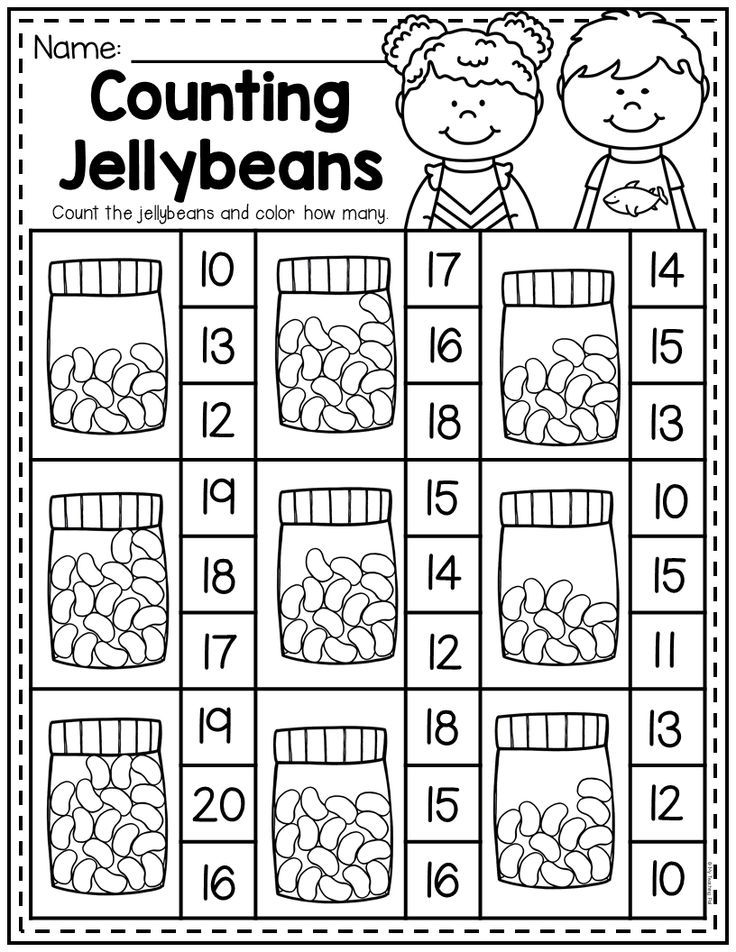 It’s an excellent way for them to learn shapes and work on their fine motor skills as well!
It’s an excellent way for them to learn shapes and work on their fine motor skills as well!
Math Language Activities
As we mentioned earlier, we believe the best way to help your child learn the language of math is by using it in your everyday life. But throwing in a fun game every once in a while couldn’t hurt!
Here’s an easy one you can try.
13) Ball Bounce
All you will need is a bouncy ball for this game. In terms of size, avoid balls that are too small. Instead, aim for medium-sized balls because they are much easier to catch.
To start playing, simply call out a number, and your child will need to bounce and catch the ball that many times. For example, if you say the number “5,” your child will need to bounce and catch the ball five times.
For the next round, tell your child to bounce one more time, one less time, an equal amount of times, or any number of times greater or smaller than the number five.
Once they’ve had their turn, your child can hand the ball over to you and instruct you on how many times to bounce the ball.
This activity doesn’t just test your child’s bouncing and catching abilities. It’s also a great way to familiarize them with match language (i.e., greater than, smaller than, equal to, etc.) in a fun and engaging way.
Preschool Math Activities Can Be Fun And Effective
We hope these activities help you and your child in their journey to learn about numbers and counting, adding and subtracting, shapes, patterns, and speaking like a little mathematician!
All of these skills take time and practice to develop. We know by trying out a couple of these activities during the week, your child will develop a love of and confidence in math on their learning journey!
And don’t forget, for those afternoons when you want to change up your routine or let your child play independently, our Learn & Grow app is always available to support your child’s learning with personalized preschool math games (and more!).
Author
Goals and objectives of the mathematical development of preschoolers.
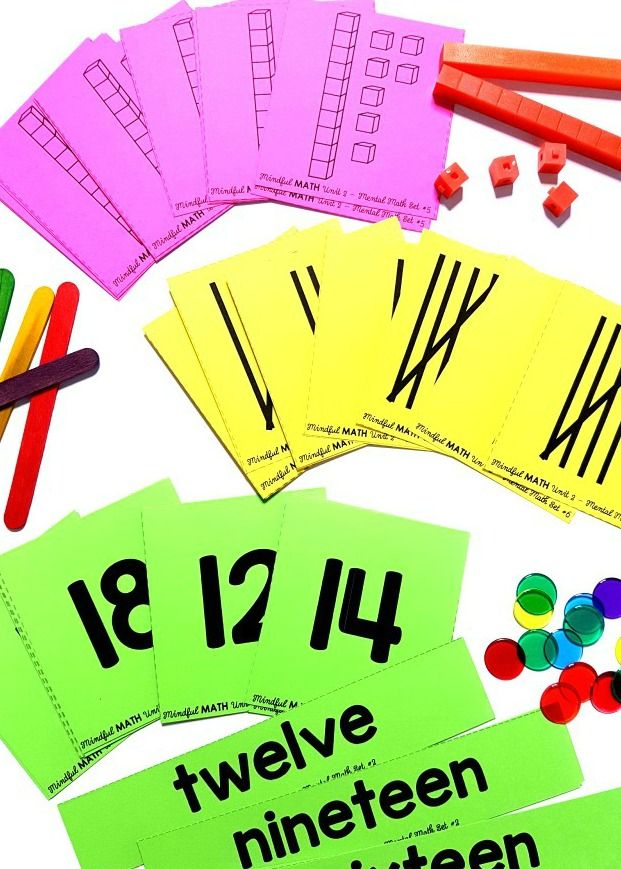 The value of teaching children mathematics
The value of teaching children mathematics Purpose:
To formulate the main goals and objectives of the mathematical development of preschoolers.
Show the role of teaching mathematics for the comprehensive development of the child's personality.
The problem of teaching mathematics in modern life is becoming increasingly important. This is explained, first of all, by the rapid development of mathematical science and its penetration into various fields of knowledge.
Increasing the level of creative activity, problems of production automation, modeling on electronic computers and much more presupposes that specialists in most modern professions have a sufficiently developed ability to clearly and consistently analyze the processes being studied. Therefore, training in kindergarten is aimed primarily at educating children in the habit of full-fledged logical argumentation of the environment.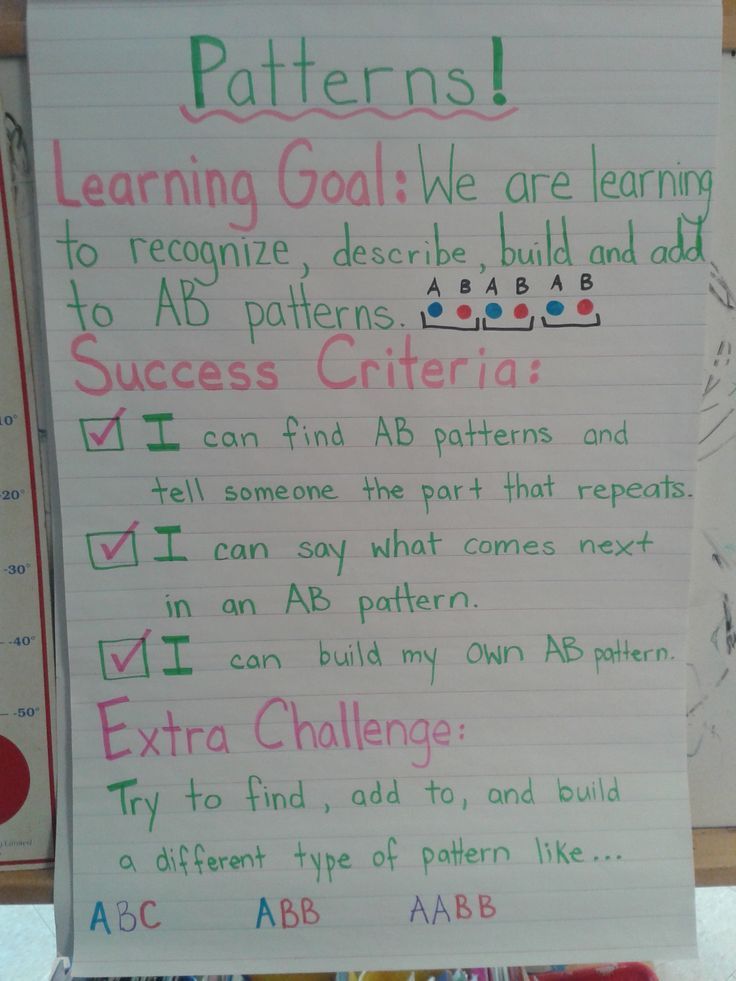 Learning experience indicates that the development of logical thinking in preschoolers is most facilitated by the study of elementary mathematics. The mathematical style of thinking is characterized by clarity, brevity, dismemberment, accuracy and logic of thought, the ability to use symbolism. In this regard, the content of teaching mathematics at school and kindergarten is being systematically restructured.
Learning experience indicates that the development of logical thinking in preschoolers is most facilitated by the study of elementary mathematics. The mathematical style of thinking is characterized by clarity, brevity, dismemberment, accuracy and logic of thought, the ability to use symbolism. In this regard, the content of teaching mathematics at school and kindergarten is being systematically restructured.
Naturally, the basis of knowledge is sensory development, acquired through experience and observation. In the process of sensory cognition, representations are formed - images of objects, their properties, relations. So, operating with a variety of sets (objects, toys, pictures, geometric shapes), children learn to establish equality and inequality of sets, to call the number of words: “more”, “less”, “equally”. Comparison of specific sets prepares children for the subsequent assimilation of the concept of number. It is operations with sets that are the basis that children turn to not only in kindergarten, but also throughout the subsequent years of schooling.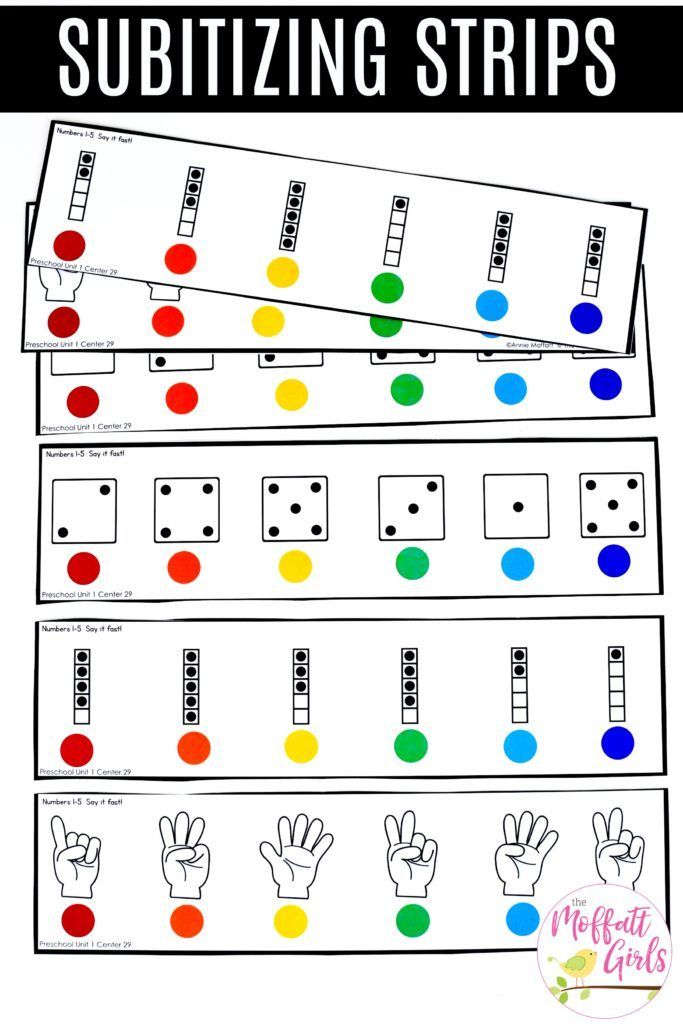 The idea of a set forms in children the basis for understanding an abstract number, the laws of a natural series of numbers. Although the concepts of a natural number, as well as a geometric figure, magnitude, part and whole are abstract, nevertheless they reflect the connections and relationships of objects in the surrounding reality.
The idea of a set forms in children the basis for understanding an abstract number, the laws of a natural series of numbers. Although the concepts of a natural number, as well as a geometric figure, magnitude, part and whole are abstract, nevertheless they reflect the connections and relationships of objects in the surrounding reality.
It has been proven that introducing children to different types of mathematical activities in the process of purposeful learning orients them to understanding connections and relationships. The formation of initial mathematical knowledge and skills in preschool children should be carried out in such a way that training gives not only an immediate practical result (counting skills, performing elementary mathematical operations), but also a broad developmental effect. As a rule, the mathematical development of preschoolers is understood as qualitative changes in the forms of cognitive activity of the child, which occur as a result of the formation of elementary mathematical representations and the logical operations associated with them.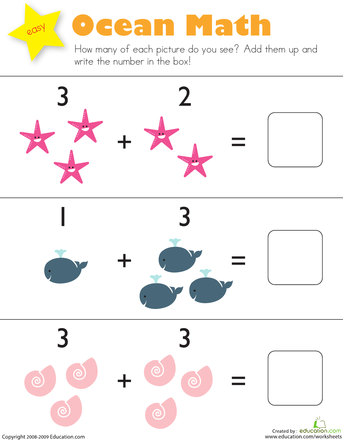 An analysis of scientific research (A.M. Leushina, N.I. Nepomnyashchaya, A.A. Stolyar, etc.), pedagogical experience convinces us that rationally organized teaching of mathematics to preschool children ensures the overall mental development of children. (Rationally organized education is timely, appropriate for the age and interests of children.) At the same time, pedagogical guidance from an adult (educator or parents) is important. Children acquire elementary knowledge about the multitude, number, size and shape of objects, learn to navigate in time and space. They master the account and measurements of linear and volumetric objects with the help of conditional and generally accepted measures, establish quantitative relationships between quantities, the whole and parts.
An analysis of scientific research (A.M. Leushina, N.I. Nepomnyashchaya, A.A. Stolyar, etc.), pedagogical experience convinces us that rationally organized teaching of mathematics to preschool children ensures the overall mental development of children. (Rationally organized education is timely, appropriate for the age and interests of children.) At the same time, pedagogical guidance from an adult (educator or parents) is important. Children acquire elementary knowledge about the multitude, number, size and shape of objects, learn to navigate in time and space. They master the account and measurements of linear and volumetric objects with the help of conditional and generally accepted measures, establish quantitative relationships between quantities, the whole and parts.
In the mathematical preparation of children, the development of elementary mathematical concepts, an important role is played by teaching measurement as the initial way of knowing the quantitative characteristics of the environment.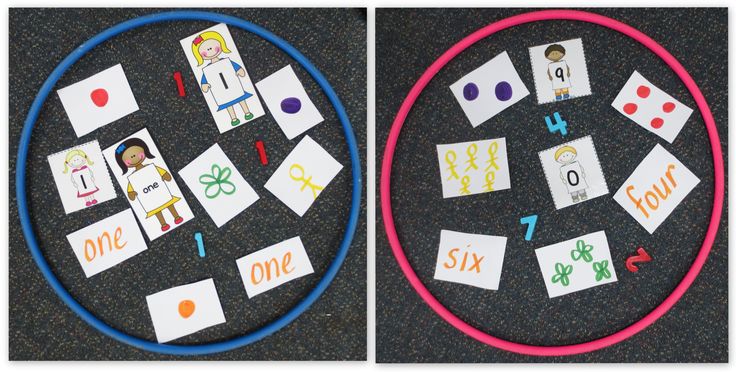 This makes it possible for preschoolers, first of all, to use not generally accepted, but conditional measures when measuring bulk, liquid substances and lengths. At the same time, children develop an eye, which is very important for their sensory development.
This makes it possible for preschoolers, first of all, to use not generally accepted, but conditional measures when measuring bulk, liquid substances and lengths. At the same time, children develop an eye, which is very important for their sensory development.
In the process of systematic teaching of mathematics, children master special terminology - the names of numbers, geometric shapes (circle, square, triangle, rhombus, etc.), elements of figures (side, top, base), etc. However, it is not recommended when working with children to use such words-terms as “natural glad”, “set”, “structure”, “elements of the set”, etc. At the same time, work is not limited only to classes. It should be borne in mind the use of the entire didactic space in an educational situation.
Mathematics classes are of particular importance in connection with the development of children's cognitive interests, the ability to show strong-willed efforts in the process of solving mathematical problems.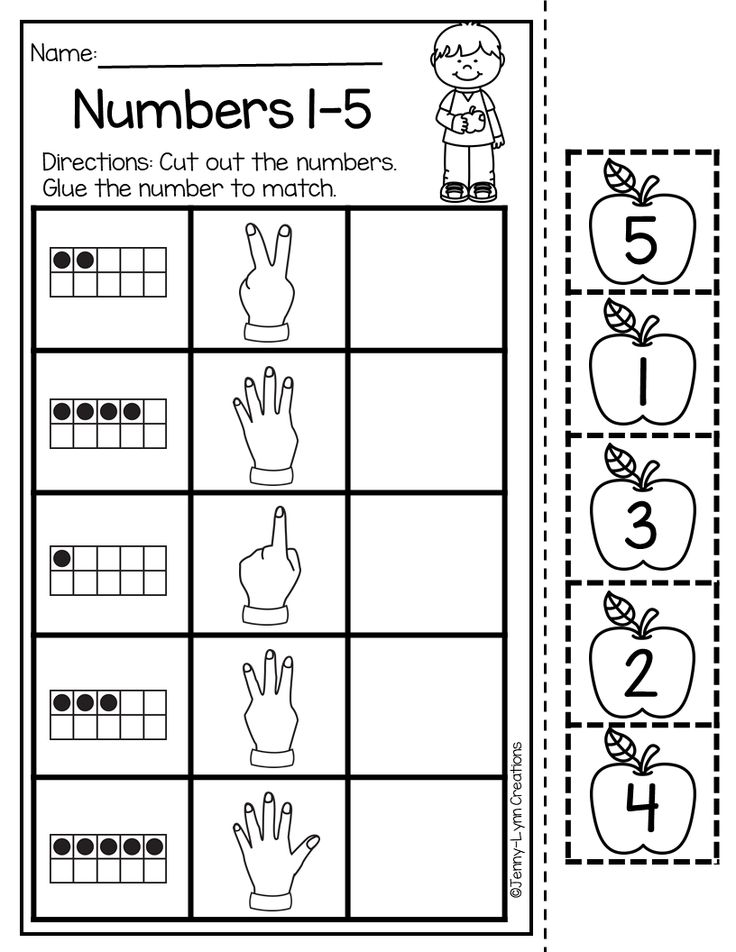
As a rule, educational tasks in the classroom are solved in combination with educational ones. So, the educator teaches children to be organized, independent, listen carefully, do the work efficiently and on time. This disciplines children, contributes to the formation of their focus, organization, responsibility. Thus, teaching children mathematics from an early age ensures their comprehensive development.
Among the tasks for the formation of elementary mathematical knowledge and the subsequent mathematical development of children, the main ones should be distinguished, namely:
-
acquisition of knowledge about set, number, size, form, space and time as the foundations of mathematical development;
-
formation of a broad initial orientation in the quantitative, spatial and temporal relations of the surrounding reality;
-
formation of skills and abilities in counting, calculations, measurement, modeling, general educational skills;
-
mastery of mathematical terminology;
-
development of cognitive interests and abilities, logical thinking, general intellectual development of the child.

These tasks are most often solved by the teacher at the same time in each lesson in mathematics, as well as in the process of organizing various types of independent children's activities. Numerous psychological and pedagogical studies and advanced pedagogical experience in preschool institutions show that only properly organized children's activities and systematic training ensure the timely mathematical development of a preschooler.
Numerous studies (A.M. Leushina, N.A. Menchinskaya, G.S. Kostyuk and others) have proved that the age capabilities of preschool children allow them to form scientific, albeit elementary, initial mathematical knowledge. More precisely, children acquire elements of mathematical knowledge. At the same time, it is emphasized that in accordance with the age of the child, it is necessary to select the forms and method of education. In this regard, at specific age stages, the most favorable conditions for the formation of certain knowledge and skills are created.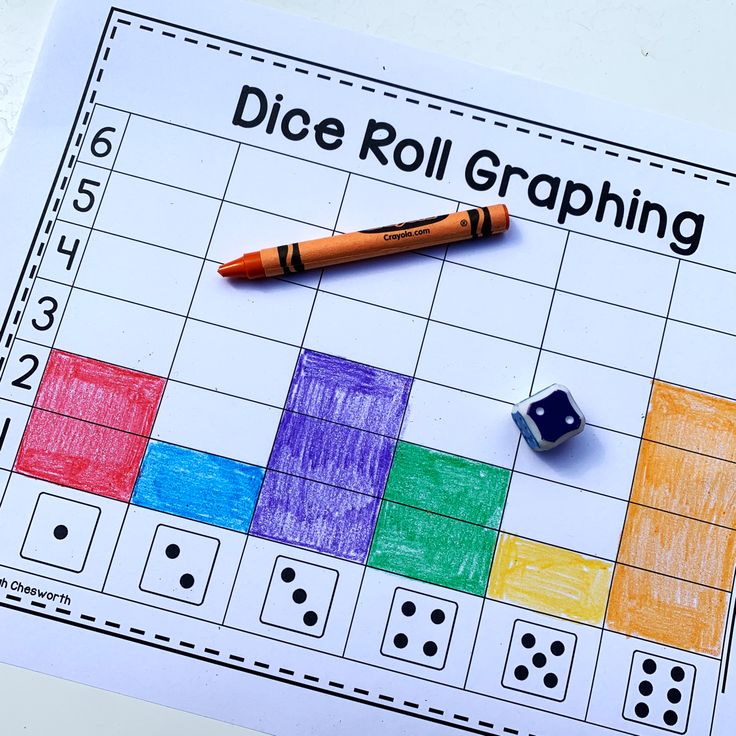
So, in the second junior group of the kindergarten (the fourth year of life), the main attention is paid to the formation of knowledge about the multitude. The concept of a set is one of the basic and most general, it runs through all of mathematics. The concept of a set is so broad that it is not defined even at the modern level of development of science, but is introduced as the original one and explained with specific examples. In the middle group, in the process of studying the basic properties of a set, the concept of a number is formed, and in the older group, the first ideas about the natural series of numbers are formed. At preschool age, the understanding of the basic properties of the set is limited. However, awareness of its individual properties (equality and inequality, independence of the power of a set from its qualitative features) is possible already at a younger preschool age.
Along with the formation of initial mathematical concepts and concepts, the kindergarten education program provides for familiarization of preschool children with a number of mathematical dependencies and relationships. So, children are aware of some relationships between sets (equal power - uneven power; order relations in a series of quantities, natural numbers; spatial and temporal relations, etc.). At the same time, all mathematical knowledge is presented in interconnection. For example, the formation of ideas about quantity is associated with the formation of ideas about the multitude and size of objects with the development of the ability to see, conditionally determine the size, parameters, as well as the assimilation of relationships between objects. It must be borne in mind that, while acquiring knowledge about number, children learn to abstract quantitative estimates from all others (color, shape, size).
So, children are aware of some relationships between sets (equal power - uneven power; order relations in a series of quantities, natural numbers; spatial and temporal relations, etc.). At the same time, all mathematical knowledge is presented in interconnection. For example, the formation of ideas about quantity is associated with the formation of ideas about the multitude and size of objects with the development of the ability to see, conditionally determine the size, parameters, as well as the assimilation of relationships between objects. It must be borne in mind that, while acquiring knowledge about number, children learn to abstract quantitative estimates from all others (color, shape, size).
The formation of initial mathematical knowledge in interconnection allows you to gradually and purposefully concretize and refine each of the selected properties. Familiarization of children with the measure and measurements contributes to the formation of a more accurate understanding of the number, and above all the unit.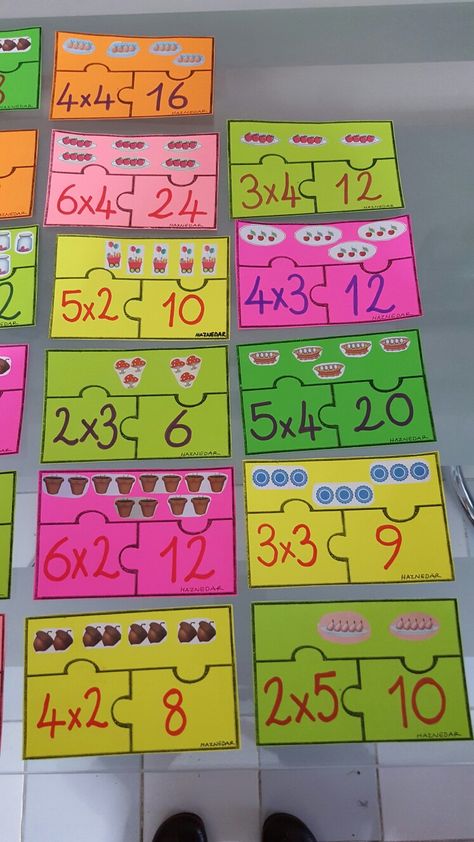 It is the connection of counting and measurement that helps the child to realize the dependence of the result of counting (measurement) on the unit of counting (conditional measure).
It is the connection of counting and measurement that helps the child to realize the dependence of the result of counting (measurement) on the unit of counting (conditional measure).
Mathematics classes in kindergarten form the simplest types of practical and mental activities of children. Under the types of activity - in this case, methods of examination, counting, measurement - they understand the objective sequential actions that the child must perform in order to assimilate knowledge: element-by-element comparison of two sets, imposing measures, etc. Mastering these actions, the child learns the purpose and methods of activity, as well as rules that ensure the formation of knowledge. For example, comparing equal and unequal sets, superimposing or applying elements, the child is aware of the concept of quantity. Therefore, special attention is paid to the development of practical actions of children with objects.
The central task of the mathematical development of children in kindergarten is learning to count.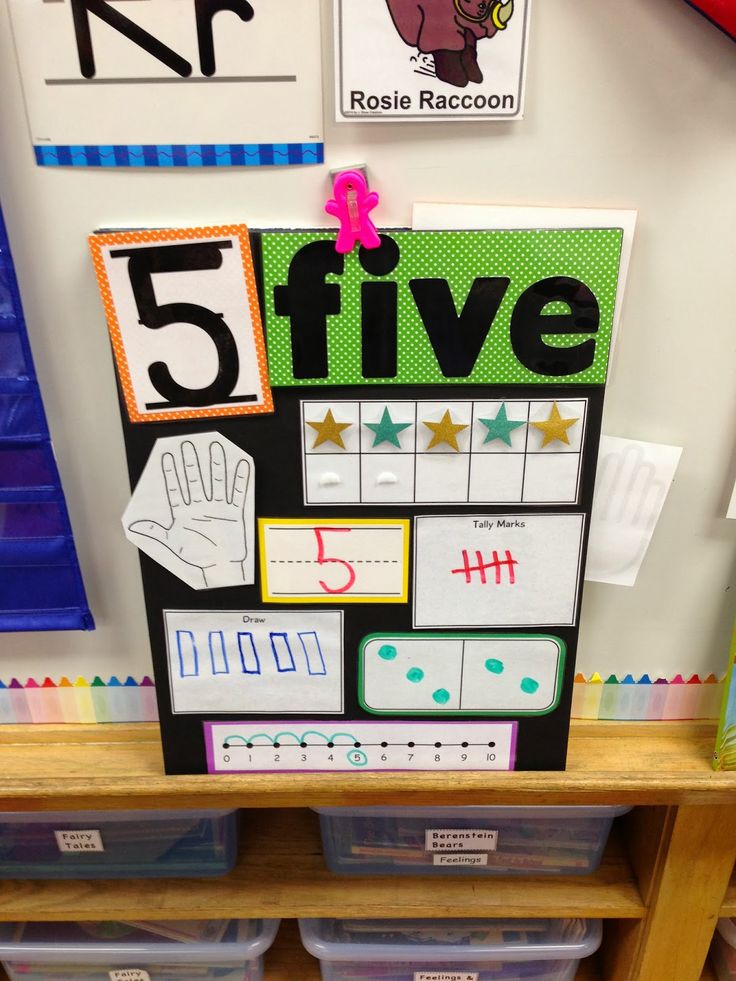 The main methods in this case are imposition and application, the mastery of which anticipates learning to count with the help of numeral words.
The main methods in this case are imposition and application, the mastery of which anticipates learning to count with the help of numeral words.
At the same time, preschoolers are taught to compare objects by size (size) and designate the results of the comparison with the corresponding words-concepts (“more - less”, “narrow - wide”, etc.), build rows of objects according to their size in ascending or decreasing order (large , small, even smaller, smallest). However, in order for the child to learn these concepts, it is necessary to form specific ideas in him, teach him to compare objects with each other, first directly - by superimposing, and then indirectly - with the help of measurement.
The math program in kindergarten provides for the development of children's eye in determining the size of objects. To do this, they are trained to evaluate the size (size of objects) as a whole or by individual parameters, comparing with the size of known objects.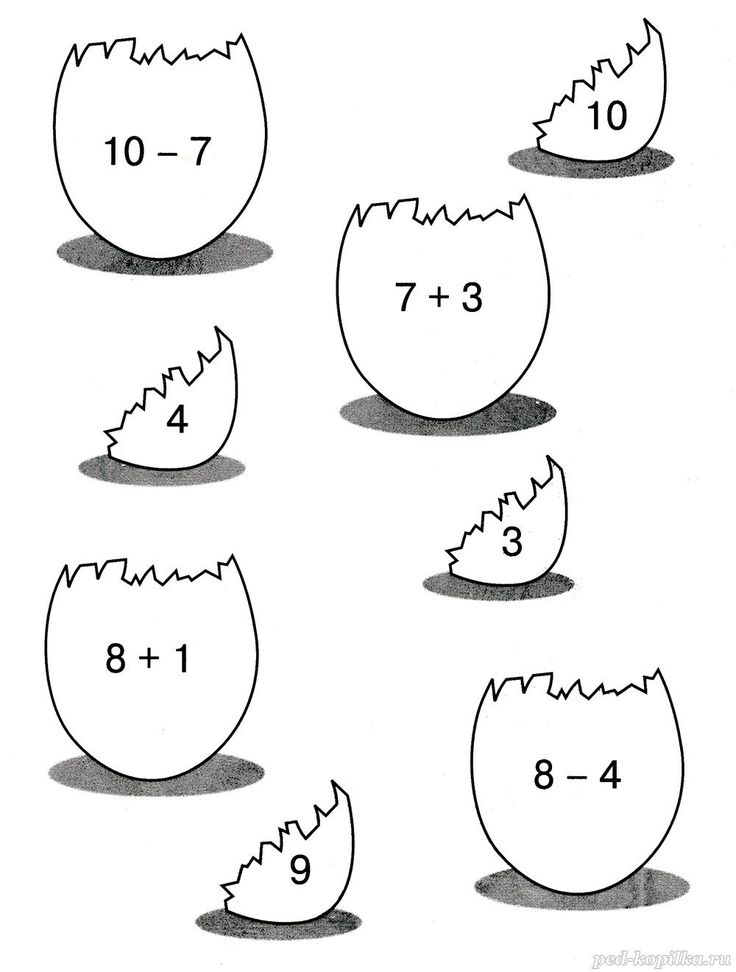 Attention is drawn to the formation of the ability to check the correctness of the assessment in their practical activities, using additions, reductions, etc. Each practical action replenishes the knowledge of children with new content. It is proved that the formation of elementary mathematical knowledge occurs simultaneously with the development of their practical skills and abilities.
Attention is drawn to the formation of the ability to check the correctness of the assessment in their practical activities, using additions, reductions, etc. Each practical action replenishes the knowledge of children with new content. It is proved that the formation of elementary mathematical knowledge occurs simultaneously with the development of their practical skills and abilities.
Practical actions, while playing a certain role in the mathematical development of children, do not themselves remain unchanged. Thus, the activity associated with the account is changed. At first, it relies on a practical element-by-element comparison of two concrete sets, and later, a number as an indicator of the power of a set and a natural series of numbers acquires special significance, which subsequently replaces one of the concrete sets.
First, children take objects with their hands, shift them, and then count the objects without touching them, or perceive them only by touch.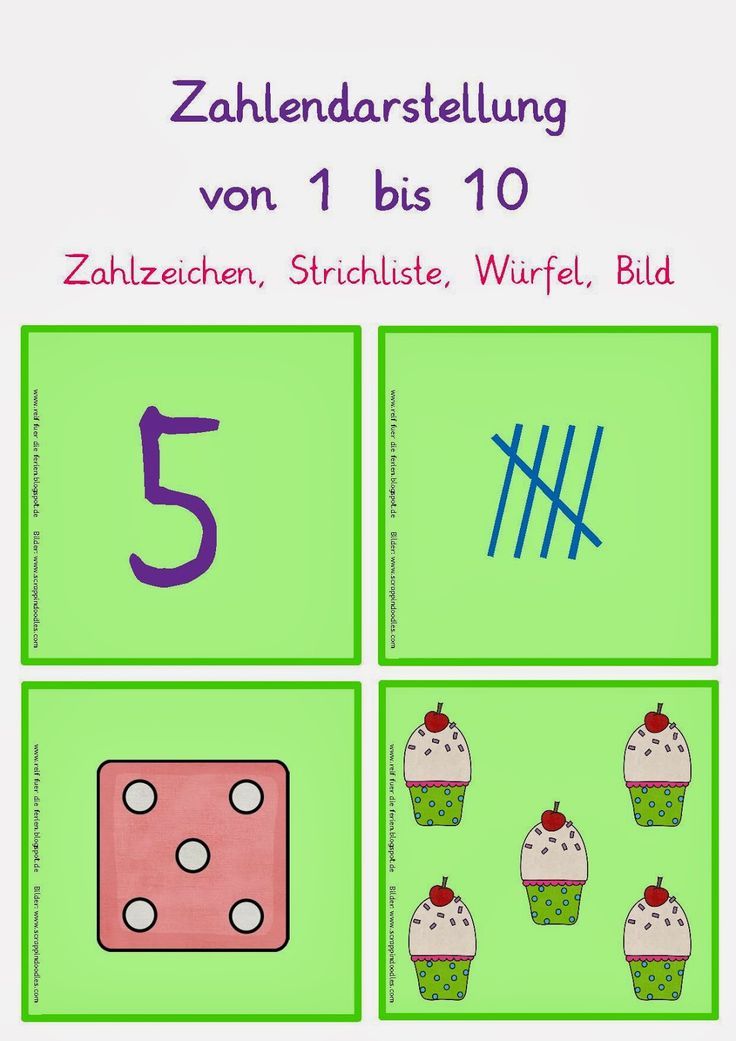
On the basis of practical actions, children develop such mental operations as analysis, synthesis, comparison, generalization. The teacher should be guided in evaluating the results of his work primarily on these indicators, on how children are able to compare, analyze, generalize, and draw conclusions. The level of children's mastery of mental operations depends on the use of special methodological techniques that allow children to exercise in comparison, generalization. So, children learn to compare sets by quantity, while carrying out a structural and quantitative analysis of the set. Comparing objects by shape, children identify the size of individual elements, comparing them with each other.
An important task is the development of thinking and speech in children (mastery of mathematical terminology). Much more attention should be paid to the development of the initial skills of inductive and deductive thinking, the formation of children's cognitive interests and abilities.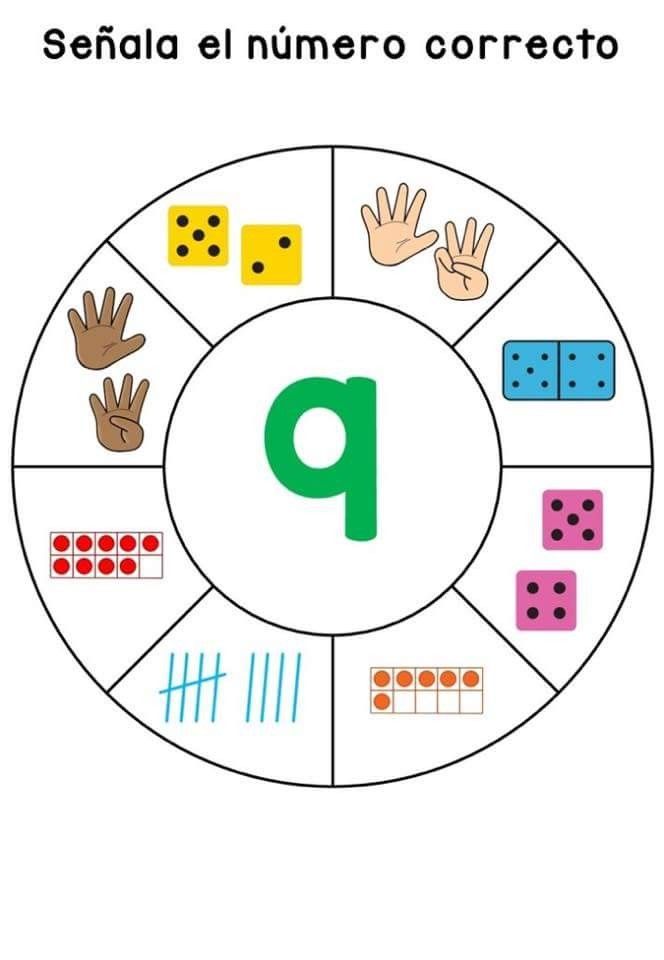 It should be noted that general methods of cognition form the basis of any scientific thinking, including mathematical. Naturally, the latter has its own special significance.
It should be noted that general methods of cognition form the basis of any scientific thinking, including mathematical. Naturally, the latter has its own special significance.
In practice, there is often a one-sided understanding of abilities as highly specialized, which borders on giftedness. In this regard, educators sometimes underestimate the formation of general cognitive abilities in all children. Any activity is impossible if a person does not have the ability to do it. In psychology, abilities are designated as personality traits necessary for the successful performance of an activity. The educator needs to know what exactly these abilities are, what mental properties the chosen activity will require and without which it is generally impossible.
Abilities should be considered not only in connection with a certain type of children's activity, but also in connection with its general structure, in which, first of all, orienting and performing actions are distinguished.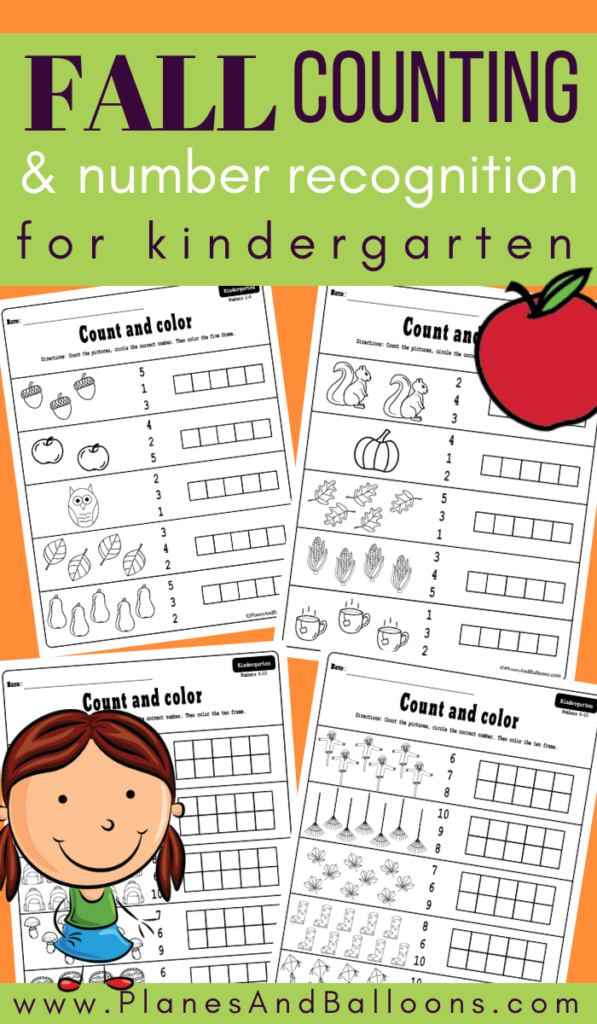 And when we talk about general abilities for activity, we mean how much a child is able to use his knowledge, skills, and what level of cognitive independence he has. All this determines the effectiveness of the performing part of the general abilities. Along with this, it is necessary to form in children the ability to abstract, to highlight the main thing.
And when we talk about general abilities for activity, we mean how much a child is able to use his knowledge, skills, and what level of cognitive independence he has. All this determines the effectiveness of the performing part of the general abilities. Along with this, it is necessary to form in children the ability to abstract, to highlight the main thing.
So, the mathematical development of children involves a broad program of introducing them to activities, in this case, mathematical, which is led by an adult (teacher, parents).
Tasks of the methodology of mathematical development as a scientific field:
1. Scientific substantiation of program requirements for the level of
formation of mathematical representations in preschoolers in each age group
.
2. Determination of the content of mathematical material for
teaching children in preschool.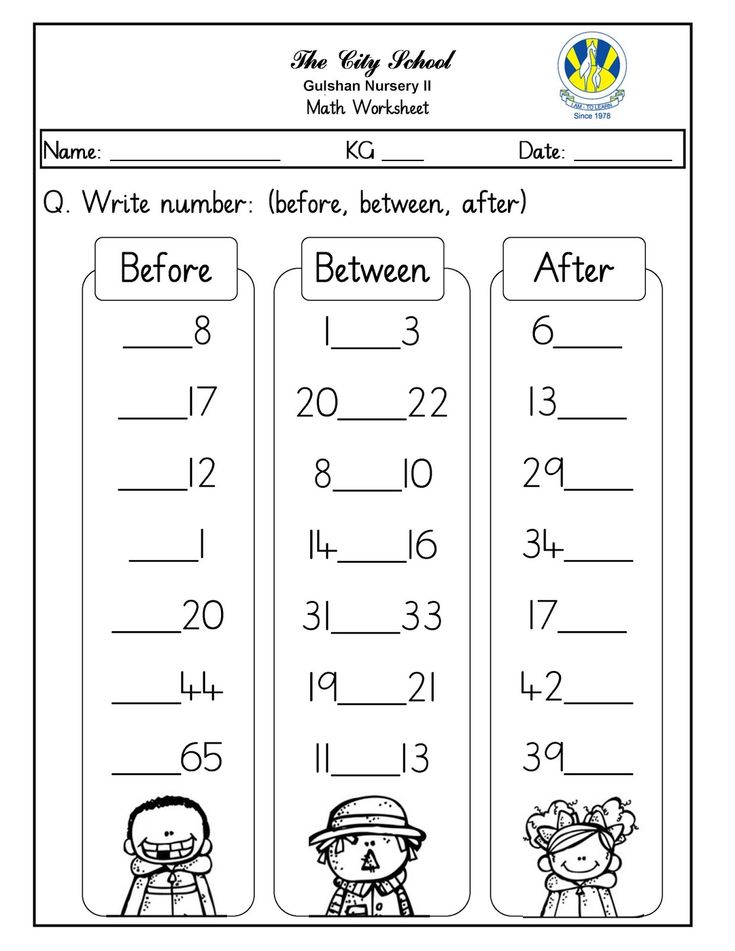
3. Development and introduction into practice of effective didactic tools, methods and various forms of organization of work on the mathematical development of children.
4. Implementation of continuity in the formation of mathematical representations in preschool educational institutions and at school.
5. Development of the content of the training of highly specialized personnel capable of carrying out work on the mathematical development of preschoolers.
6. Development of guidelines for parents on the mathematical development of children in a family.
The purpose of the mathematical development of preschoolers
• Comprehensive development of the child's personality.
• Preparing for success in school.
• Correctional and educational work.
Problems of mathematical development of preschoolers
1.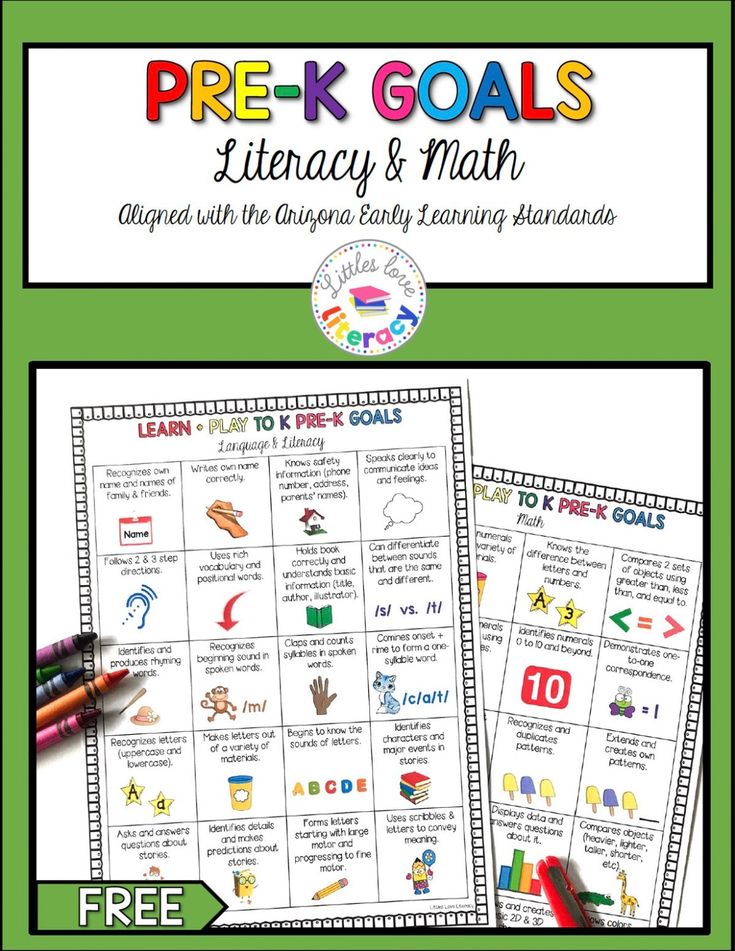 Formation of a system of elementary mathematical representations.
Formation of a system of elementary mathematical representations.
2. Formation of prerequisites for mathematical thinking.
3. Formation of sensory processes and abilities.
4. Expanding and enriching the vocabulary and improving
related speech.
5. Formation of initial forms of educational activity.
Education leads development, is the source of development.
Learning must go ahead of development. It is necessary to focus not on what the child himself is already capable of doing, but on what he can do with the help and under the guidance of an adult. L. S. Vygodsky emphasized that it is necessary to focus on the “zone of proximal development”.
Well-ordered ideas, well-formed first concepts, well-timed mental abilities are the key to further successful education of children at school.
Psychological research proves that in the process of learning there are qualitative changes in the mental development of the child.
From an early age, it is important not only to communicate ready-made knowledge to children, but also to develop the mental abilities of children, teach them to independently, consciously acquire knowledge and use it in life.
Learning in everyday life is episodic. For mathematical development, it is important that all knowledge is given systematically and consistently. Knowledge in the field of mathematics should become more complicated gradually, taking into account the age and level of development of children.
It is important to organize the accumulation of the child's experience, to teach him to use standards (forms, sizes, etc.), rational methods of action (counting, measurements, calculations, etc.).
Taking into account the little experience of children, learning proceeds mainly inductively: first, concrete knowledge is accumulated with the help of an adult, then they are generalized into rules and patterns. It is also necessary to use the deductive method: first, the assimilation of the rule, then its application, concretization and analysis.
For the implementation of competent teaching of preschoolers, their mathematical development, the educator himself must know the subject of the science of mathematics, the psychological characteristics of the development of mathematical representations of children and the methodology of work.
The role of teaching mathematics for the comprehensive development of the child's personality:0007 Physical Muscles of hands, backs, eyes are developing Moral Discipline, Organization, Liability, Condness 9000 , models. All information is taken from open sources. Mathematical education in the preschool educational institution. Modern approaches to the formation of the foundations of the mathematical culture of preschoolers. The concept of mathematical education in the Russian Federation
If you believe your copyright has been infringed, please contact write in the chat on this site, attaching a scan of a document confirming your right.
We will make sure of this and immediately remove the publication. Mathematics education in the preschool educational institution
Children's entry into the world of mathematics begins already in preschool childhood. Mathematics is a universal method of cognition of the surrounding and objective world, and its role in modern science is constantly growing. Changes in conceptual approaches to determining the content and choice of methods for teaching mathematics at school, the widespread use of modern educational technologies have also determined the requirements for the mathematical preparation of preschool children.
Today "mathematics is more than a science, it is a language". The study of mathematics improves the culture of thinking, teaches children to reason logically, educates them in the accuracy of their statements.
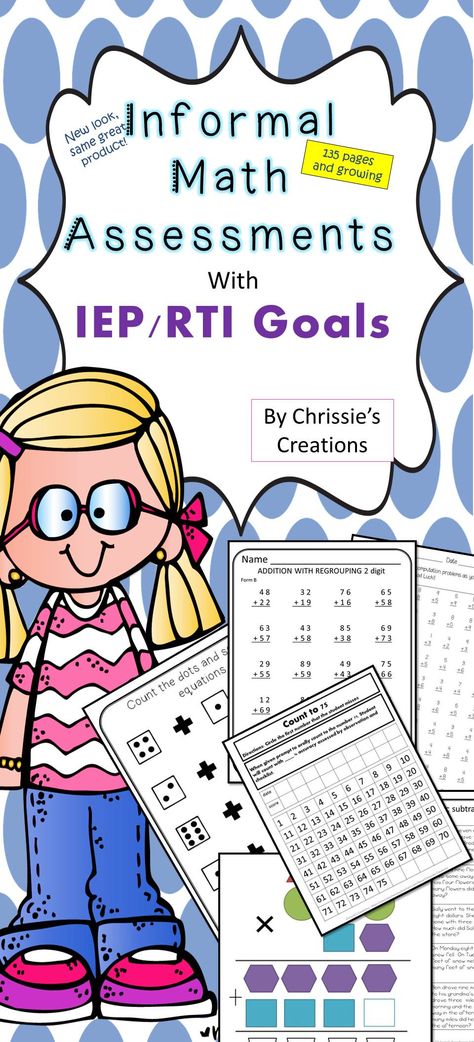 Mathematical knowledge and skills are necessary for the successful adaptation of the child to the processes of social communication, informatization and technologization of society. They broaden the horizons of the child. Mathematical culture is an integral part of the general culture of the individual, and in the period of preschool childhood it has its own characteristics associated with the age and individual capabilities of children.
Mathematical knowledge and skills are necessary for the successful adaptation of the child to the processes of social communication, informatization and technologization of society. They broaden the horizons of the child. Mathematical culture is an integral part of the general culture of the individual, and in the period of preschool childhood it has its own characteristics associated with the age and individual capabilities of children. Traditionally, there are four lines in the content of mathematical education for preschool children: arithmetic, algebraic, geometric and magnitude. Today, taking into account the renewal of the content of preschool education, a fifth content line is added - algorithmic (schemes, models, algorithms). The use of information in a symbolized form contributes to the development of the ability to act mentally, develops logical and creative thinking, and imagination.
The adoption of the Federal State Educational Standard of preschool education will require the need to provide, as a prerequisite, the possibility of self-realization of the child at all stages of work on mathematical development in the preschool education system.
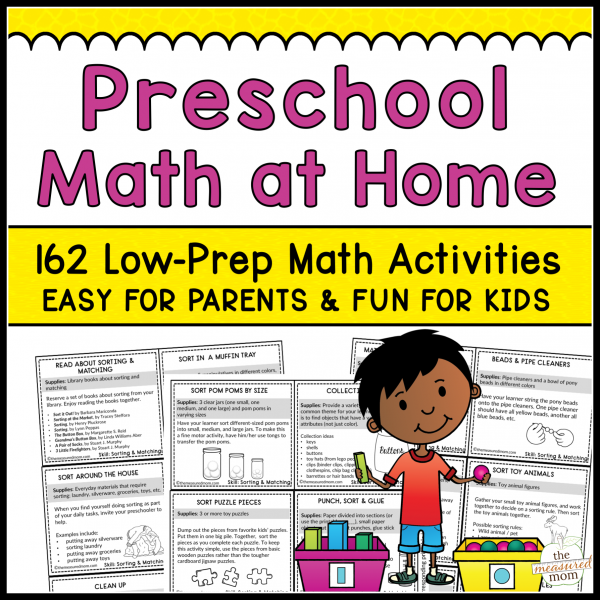
Mathematical material should be revealed during excursions, acquaintance with literary works and small forms of folklore, games with natural material (water, sand, beans, peas, cereals), through game exercises with sensory standards, household items, constructive and didactic games , in problem situations. All these forms vary according to age.
During their stay in kindergarten, a graduate must learn to apply mathematical knowledge and ideas in practical activities that are significant for him: play, children's experimentation, design, work, art and visual.
And as a result of self-realization, the child will develop educational motivation. Thus, the priority tasks of continuous education of children will be solved.
The importance of mathematical education is evidenced by the adoption of the Concept for the Development of Mathematical Education in the Russian Federation (December 24, 2013 (No.
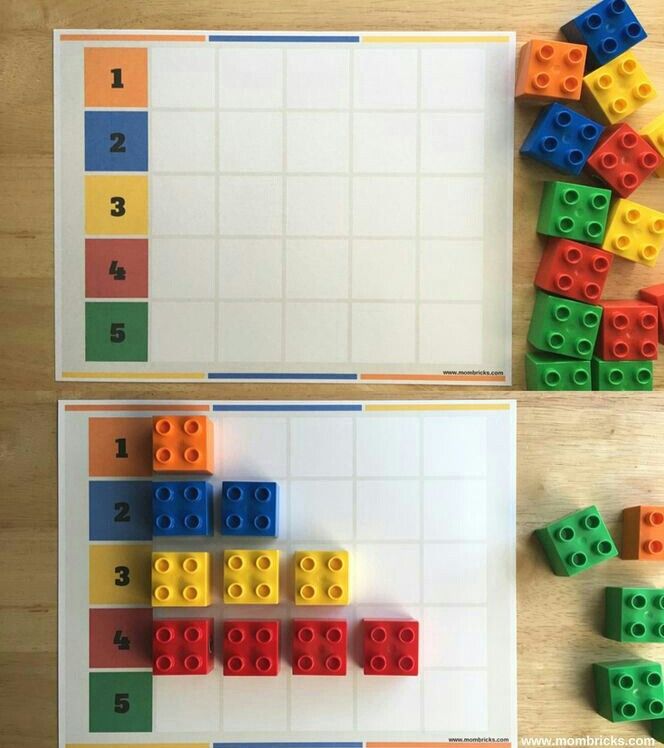 2506 - p)), which is a system of views on the basic principles, goals, tasks and main directions of development of mathematical education in the Russian Federation.
2506 - p)), which is a system of views on the basic principles, goals, tasks and main directions of development of mathematical education in the Russian Federation.
Goals of the Concept:
to bring Russian mathematical education to a leading position in the world.
Mathematics in Russia should become an advanced and attractive field of knowledge and activity, the acquisition of mathematical knowledge should be a conscious and internally motivated process Modernization of the content of curricula for mathematical education at all levels (with ensuring their continuity) based on the needs of students and the needs of society in general mathematical literacy, in specialists of various profiles and levels of mathematical training, in high achievements in science and practice;
Ensuring that there are no gaps in basic knowledge for each student, forming among the participants of educational relations the attitude “there are no children incapable of mathematics”, ensuring confidence in an honest and adequate state final certification for the tasks of education, providing teachers with diagnostic tools (including automated ones) and overcoming individual difficulties;
Ensuring the availability of publicly available information resources necessary for the implementation of curricula for mathematical education, including in electronic format, tools for the activities of students and teachers, the use of modern technologies in the educational process;
Improving the quality of the work of mathematics teachers (from pedagogical workers of general education organizations to scientific and pedagogical workers of educational institutions of higher education), strengthening the mechanisms for their material and social support, providing them with the opportunity to refer to the best examples of Russian and world mathematical education, the achievements of pedagogical science and modern educational technologies, the creation and implementation of their own pedagogical approaches and copyright programs;
Support for leaders in mathematics education (organizations and individual teachers and scientists, as well as structures formed around leaders), identifying new active leaders;
Providing highly motivated students with outstanding mathematical abilities with all conditions for the development and application of these abilities;
Popularization of mathematical knowledge and mathematical education.
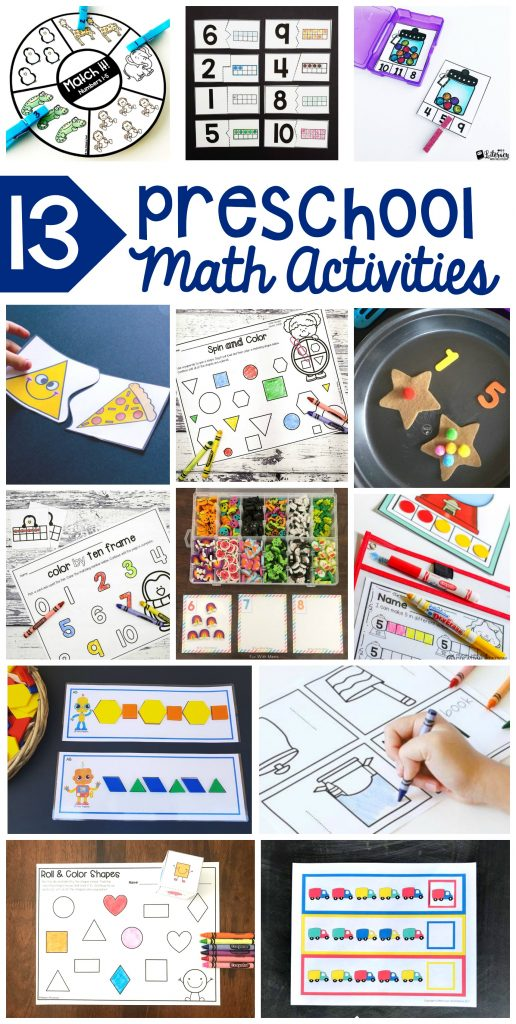
Basic provisions for the implementation of the concept
Every citizen of Russia, regardless of age, has the right to a free mathematical education, taking into account his professional orientation and individual intellectual needs. The system of mathematical education provides equal starting opportunities and takes into account the already achieved level at each stage.
Mathematics education is carried out in educational institutions of preschool, basic, vocational and additional education, higher educational institutions, in the family, in the form of self-education, as well as in the form of public educational associations. Responsibility for the results of mathematical education of a citizen of the Russian Federation is jointly borne by the state, parents and the citizen himself.
The main customer of mass general mathematical education is society. The state forms this order at all levels, based on the needs of industry and business, the country's research base, healthcare, public administration and education institutions, and provides support, including funding for this order.